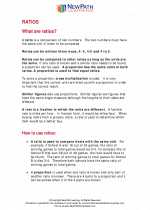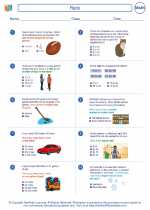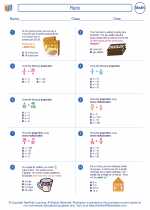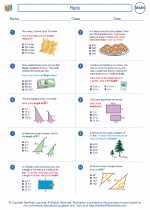Relative Frequency
Relative frequency is a statistical measure that describes the number of times a particular event occurs in a data set, relative to the total number of events. It is often expressed as a fraction, decimal, or percentage.
Calculating Relative Frequency
To calculate the relative frequency of an event, you can use the following formula:
Relative Frequency = (Number of times the event occurs) / (Total number of events)
Example
Suppose you have a data set of 100 students and you want to calculate the relative frequency of students who prefer math. If 25 students prefer math, you would calculate the relative frequency as follows:
Relative Frequency of Math Preference = 25 / 100 = 0.25 = 25%
Study Guide
- Understand the concept of relative frequency and how it is used in statistics.
- Learn how to calculate relative frequency using the formula: Relative Frequency = (Number of times the event occurs) / (Total number of events).
- Practice calculating relative frequency with different data sets and events.
- Understand the relationship between relative frequency and probability, and how relative frequency can be used to estimate probabilities.
By mastering the concept of relative frequency, you will be able to analyze and interpret data more effectively, and make informed decisions based on statistical information.
.



